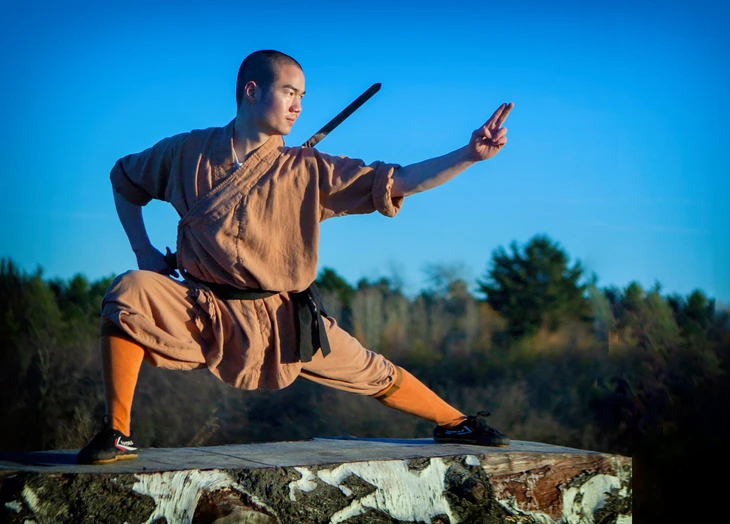
Shaolin monks have forever been associated with the image of chivalry and unparalleled strength - Photo: STC
Origin of Shaolin Temple
In 495, the Northern Wei emperor Xiaowen decided to build Shaolin Temple with the purpose of welcoming the Indian monk Ba Tuo to preach.
Three decades later, Shaolin Temple's history turned a new page when another eminent monk from India, Bodhidharma, arrived and spread the idea of combining martial arts and Zen to the monks here.
This has caused controversy among martial arts researchers, because many people believe that a martial arts system with foreign influences cannot become a "symbol of Chinese martial arts".
In the novel Demi-Gods and Semi-Devils , the late writer Kim Dung mentioned this controversial issue many times. The character Tieu Phong, created by him, once questioned a Shaolin monk, "You use martial arts from India, why do you distinguish me as a barbarian?"
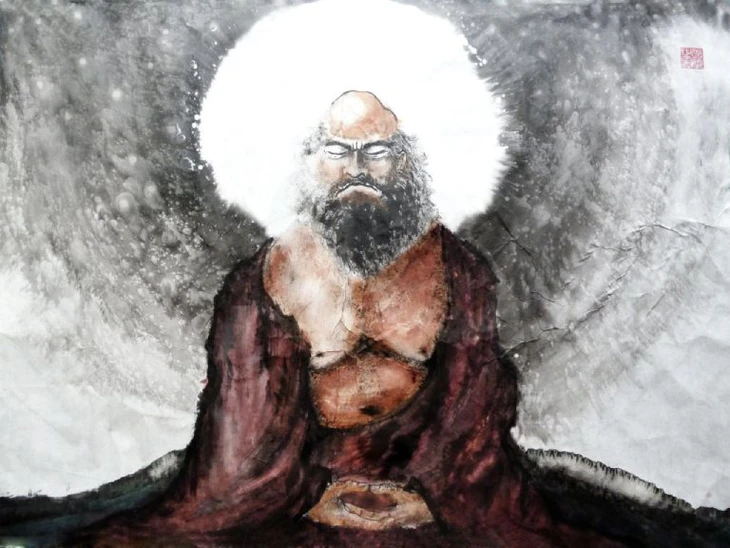
Painting of Bodhidharma - Photo: ZH
The foreign origin of Shaolin Temple is undeniable. However, a historical and cultural perspective shows that Shaolin's path to the position of "Taishan Beidou" of Chinese martial arts is more complicated.
According to Professor Tu Tai Hong (Peking University): "What makes Shaolin martial arts is not where it originated, but the process of Sinicization that lasted more than a millennium."
Historically, the "foreign" elements of Shaolin mainly lie in Zen ideology and some methods of meditation and health preservation.
There is no evidence that India contributed directly to the system of temple martial arts. The Luohan, Wuxing, and Shaolin staff techniques all appeared late, mainly from the Tang and Song dynasties onwards, and were created by Chinese monks.
The book Shaolin Kung Fu (17th century) clearly records this localized origin, describing the technique as coming from the practice experience of the monks of Tung Son temple, quite different from the body-method models of Hinduism or Southern Buddhism.
Therefore, “importation” was only the starting point; the entire structure of martial arts later bore a deep Chinese imprint.
The Tang Dynasty was a turning point when Shaolin became a recognized armed force of the imperial court.

Shaolin monks' martial arts have always been deified - Photo: XHN
The event of 13 monks helping Li Shimin defeat Wang Shichong in 621 was recorded in many ancient books, especially "Xu Shihang's Biography" in the historical system of the Tang Dynasty.
After this victory, Shaolin was granted land and the right to maintain a monk army.
Professor Hoang Khai Minh (Institute of Chinese History) commented: "No other martial arts sect in Chinese history has the same legal status as Shaolin, which is both a temple and a paramilitary unit" (quoted from Research on Chinese Military History, 1994).
Thanks to this role, Shaolin martial arts had the opportunity to develop in an environment of both religious practice and martial arts training - a rare combination in Chinese culture.
During the Song and Ming dynasties, Shaolin's status was further consolidated. Song history repeatedly described "Shaolin monks being good at using staffs", showing that staff techniques had become the main weapon of the temple.
During the Ming Dynasty, when the Wa bandits were rampant, the royal court repeatedly requisitioned Shaolin monks and soldiers to support the army, as recorded in the Ming Chronicle.
The court's open reliance on Shaolin monks for security created a new layer of meaning: Shaolin was no longer a folk sect, but an institution tied to state power.
This helped Shaolin Temple become "authentic" in the eyes of the people, far surpassing local martial arts schools that had no official historical records.
How Chinese people understand martial arts
Cultural factors also play a large part in the Shaolin symbolism. Many scholars believe that Chinese culture has a strong tradition of “creative assimilation”: that is, taking in foreign elements, transforming them, and making them part of one’s identity.
Therefore, the fact that a temple originating from foreign monks became a symbol of Chinese martial arts did not make the ancients feel conflicted.
Researcher Truong Hieu Vu (Hangzhou University) believes that the combination of Zen Buddhism and martial arts helps Shaolin achieve a philosophical "martial arts" image, in line with Chinese aesthetics: emphasizing harmony, restraint and inner cultivation.
From this perspective, Shaolin is no longer seen as a foreign product, but becomes a typical example of the ability to absorb and transform Chinese culture.
In the 20th century, the National Arts movement of the Republic of China Government pushed Shaolin's image to the national level.

Shaolin Temple delves into Chinese culture - Photo: FJ
In national martial arts textbooks, many basic movements are labeled “Shaolin” not because they originate from Songshan Temple, but because this name is easy to create unity and is considered the most prestigious heritage.
By the 1980s, Hong Kong cinema had further amplified the Shaolin symbol, transforming the image of a stick-wielding monk with a shaved head and powerful movements into a popular symbol of Chinese martial arts. The more a martial art becomes a cultural image, the more it transcends its real-life origin story.
From many perspectives - historical, political , cultural and martial - it can be seen that Shaolin's becoming a symbol of Chinese martial arts is the result of a long process of accumulation and transformation.
Starting as a temple influenced by foreign ideas, Shaolin developed into a center of indigenous martial arts, tested on the battlefield, and eventually became a national symbol through popular culture.
As Professor Tu Tai Hong commented: “Shaolin does not represent where martial arts began, but represents how the Chinese understand martial arts.”
Source: https://tuoitre.vn/vi-sao-thieu-lam-tu-duoc-xem-la-bieu-tuong-vo-thuat-trung-quoc-20251117194624318.htm














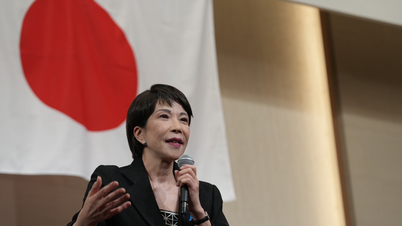

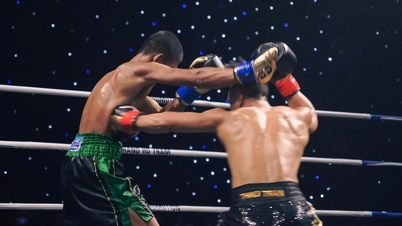














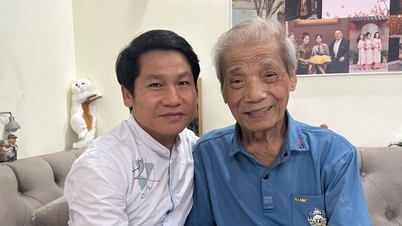







![[Photo] General Secretary To Lam and National Assembly Chairman Tran Thanh Man attend the 80th Anniversary of the Traditional Day of the Vietnamese Inspection Sector](https://vphoto.vietnam.vn/thumb/1200x675/vietnam/resource/IMAGE/2025/11/17/1763356362984_a2-bnd-7940-3561-jpg.webp)





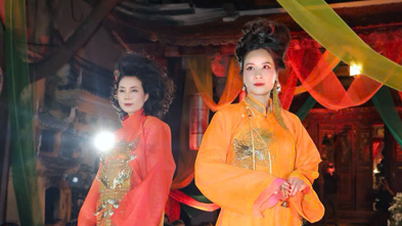
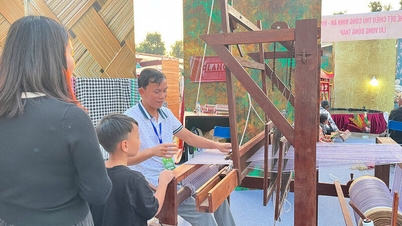
































































Comment (0)